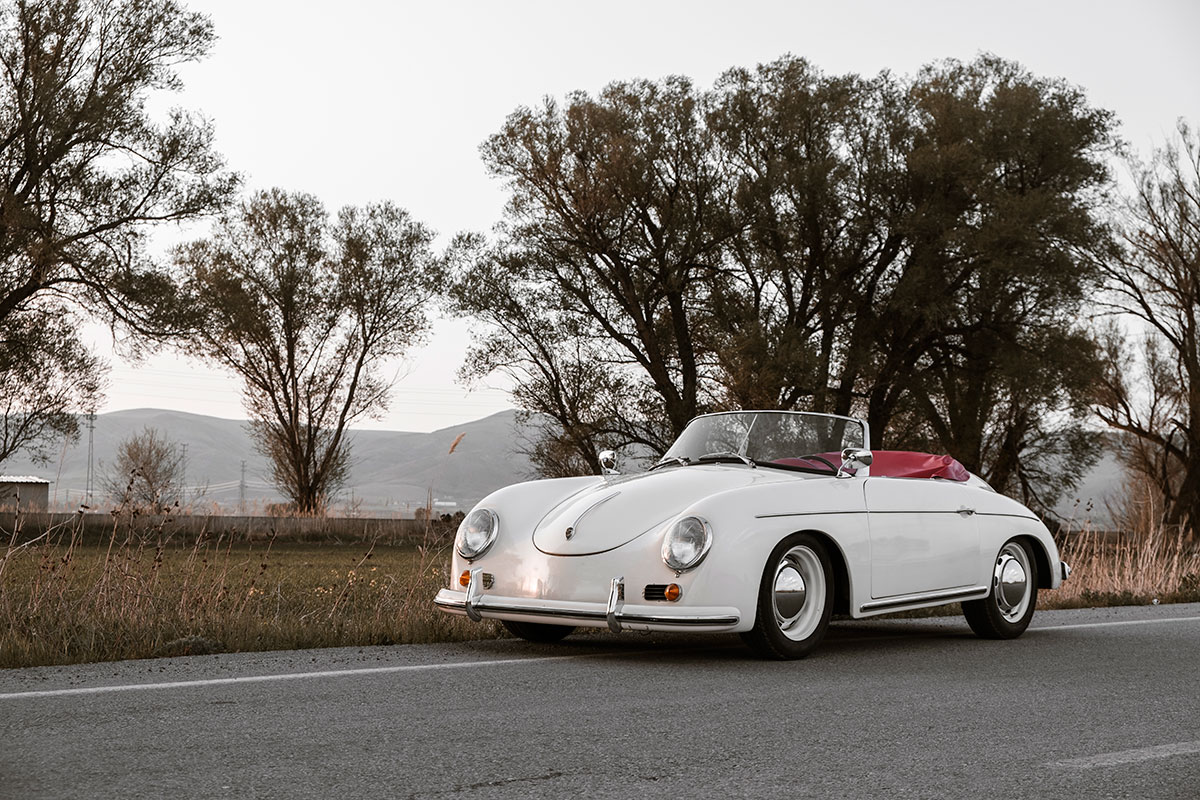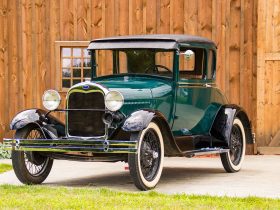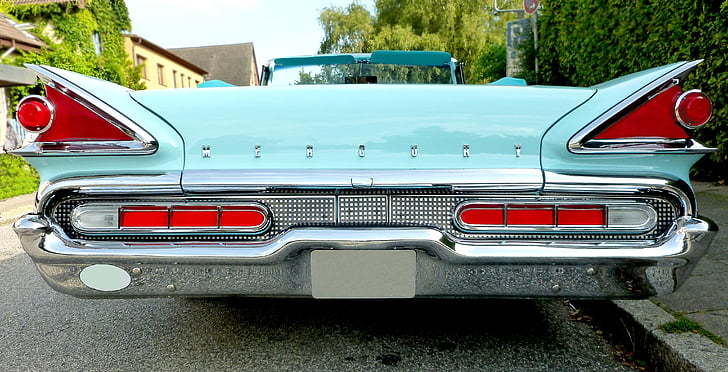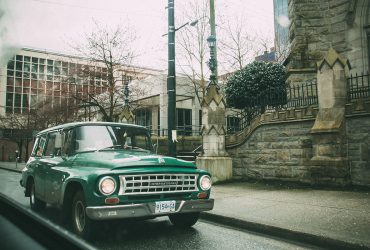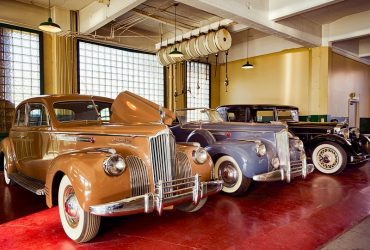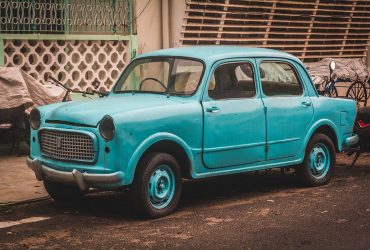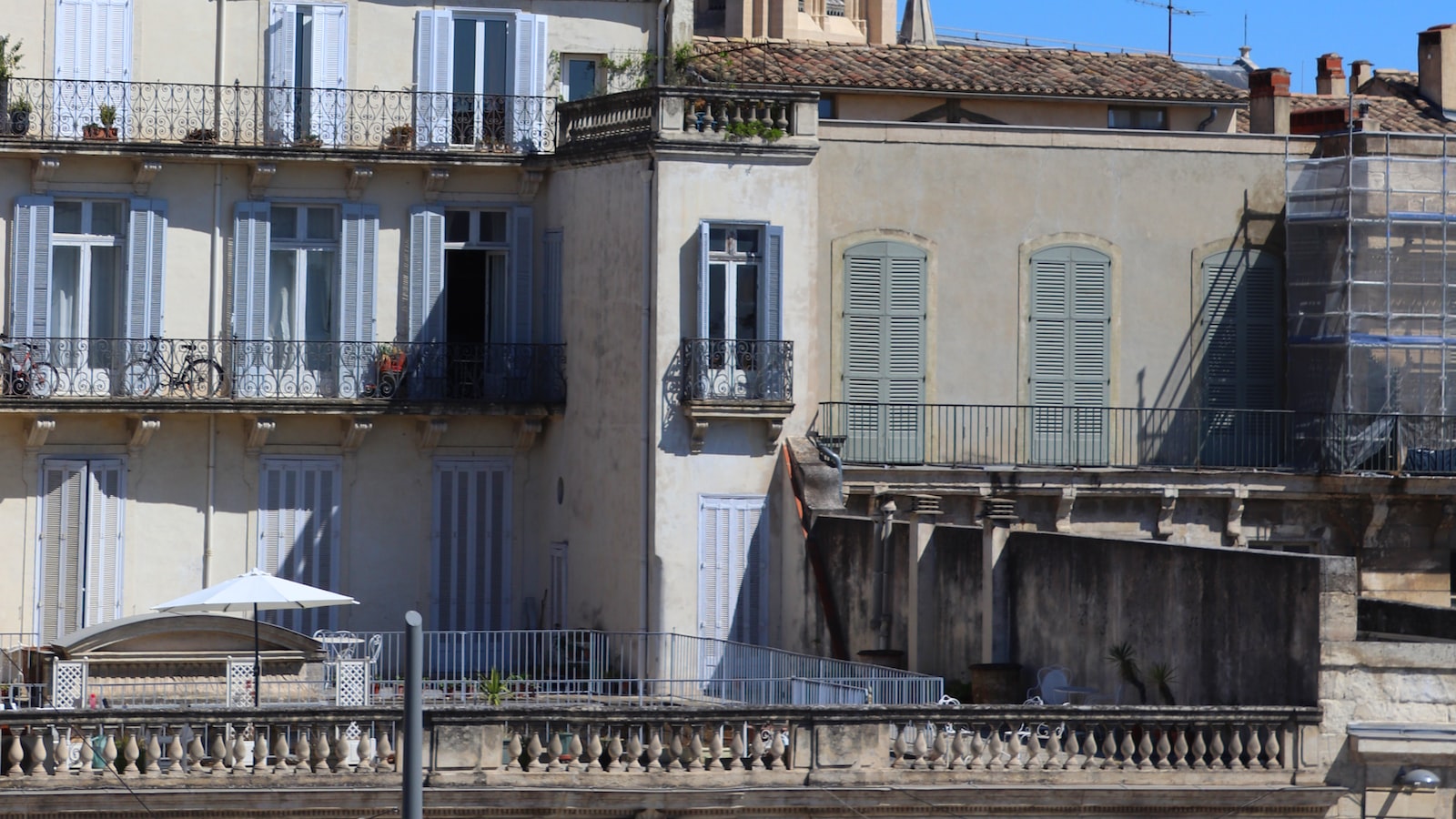
For as long as cars have existed, restoring them has been a passion for car enthusiasts looking to preserve memories of the past and bask in the novelty of an antique riding experience. Vintage cars have a charm unlike any other and part of that charm often lies, quite literally, in the driver’s hands. And the instrument cluster–the nerve center of the car–is of particular interest to those who choose to engage in DIY car restoration.
collection of Instrument clusters for Restoration
Before you begin the restoration process, it is important to obtain a variety of instrument clusters that you can work with. A reliable used auto parts manufacturer can provide a collection of vintage instrument clusters that you can use for your project. The collection typically includes speedometers, tachometers, fuel gauges, and other indicators that you will need for a thorough identification and restoration of your vintage car‘s instrument cluster.
Inspection and restoration of Components
Once you have obtained a cluster of parts, the first step is to inspect each component and determine which parts need to be replaced or restored. Carefully examine the face of each component and check for any signs of corrosion or damage. Use a soft cloth to wipe away any debris or surface dirt that is present.
Once you have identified which components require restoration, it is time to begin the process of cleaning and restoring them. In some cases, the parts may simply need a thorough cleaning to restore their original appearance. In other cases, more extensive repairs may need to be performed, such as replacing broken parts or fixing damaged wiring.
Metal parts can be polished and chrome-plated if necessary. Plastic parts can often be restored to their original finish with a bit of elbow grease. Be sure to take care not to damage the components as you are restoring them.
Reassembly and testing
Once the components have been restored, it is time to begin the process of reassembling the instrument cluster. Carefully insert each component into its proper location and secure it with the necessary screws or hardware. Make sure all connections are secure before testing the instrument cluster.
Once all of the components have been reassembled, you can test the cluster to see if it works properly. Connect the power source and observe the behavior of the various indicators. If all of the indicators are responding and functioning properly, the restoration process is complete and your vintage car is one step closer to being complete.
Conclusion
Restoring a vintage car’s instrument cluster can be a daunting, but rewarding, task. With the right parts, tools, and know-how, you can bring new life to your vintage ride. Instrument cluster restoration can be the final, beautiful touch to a timeless classic.

